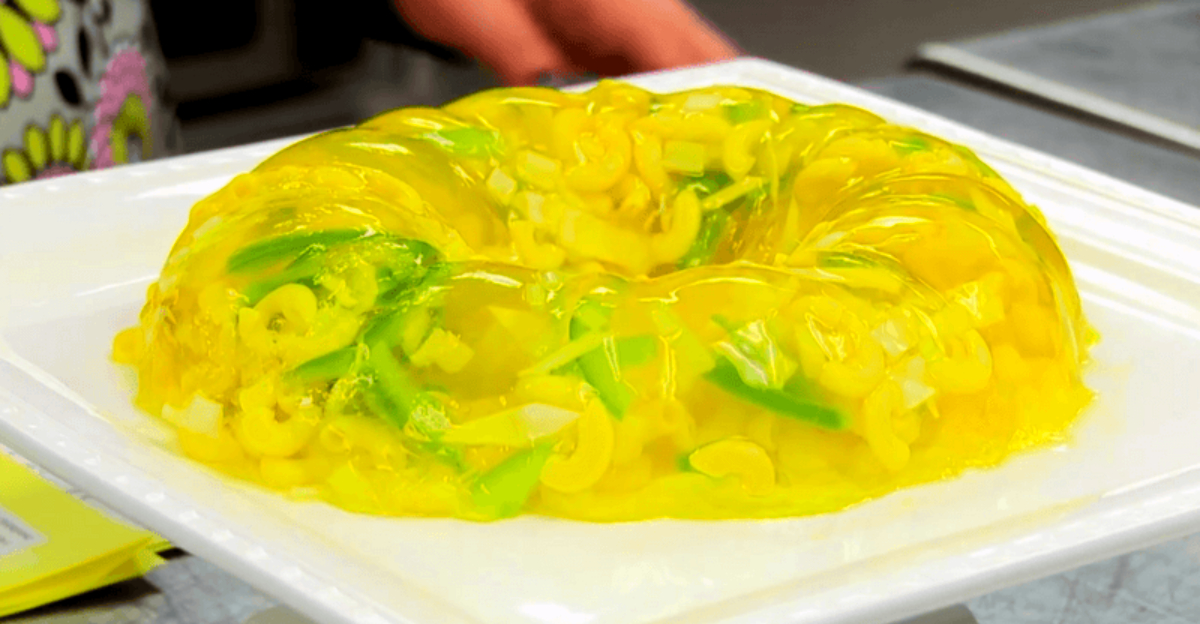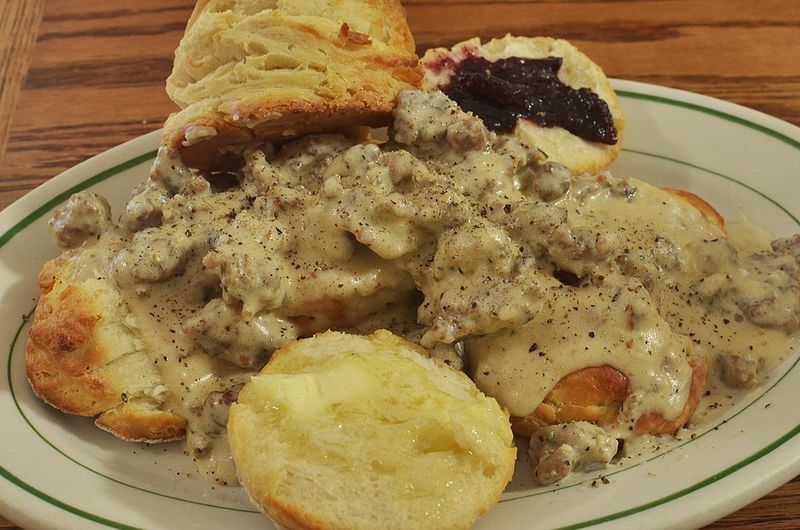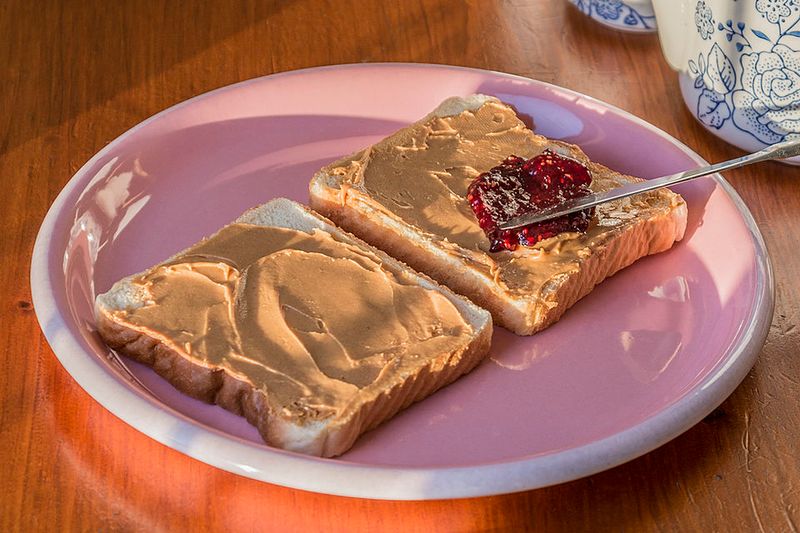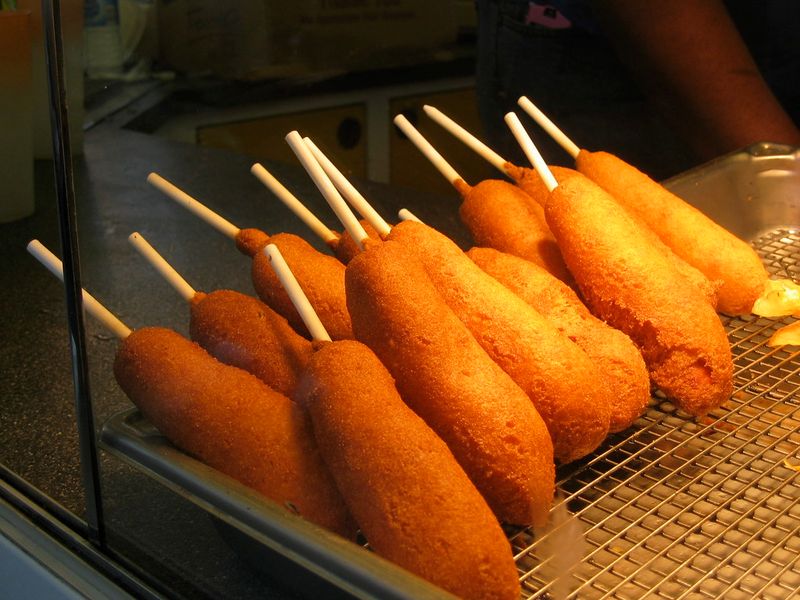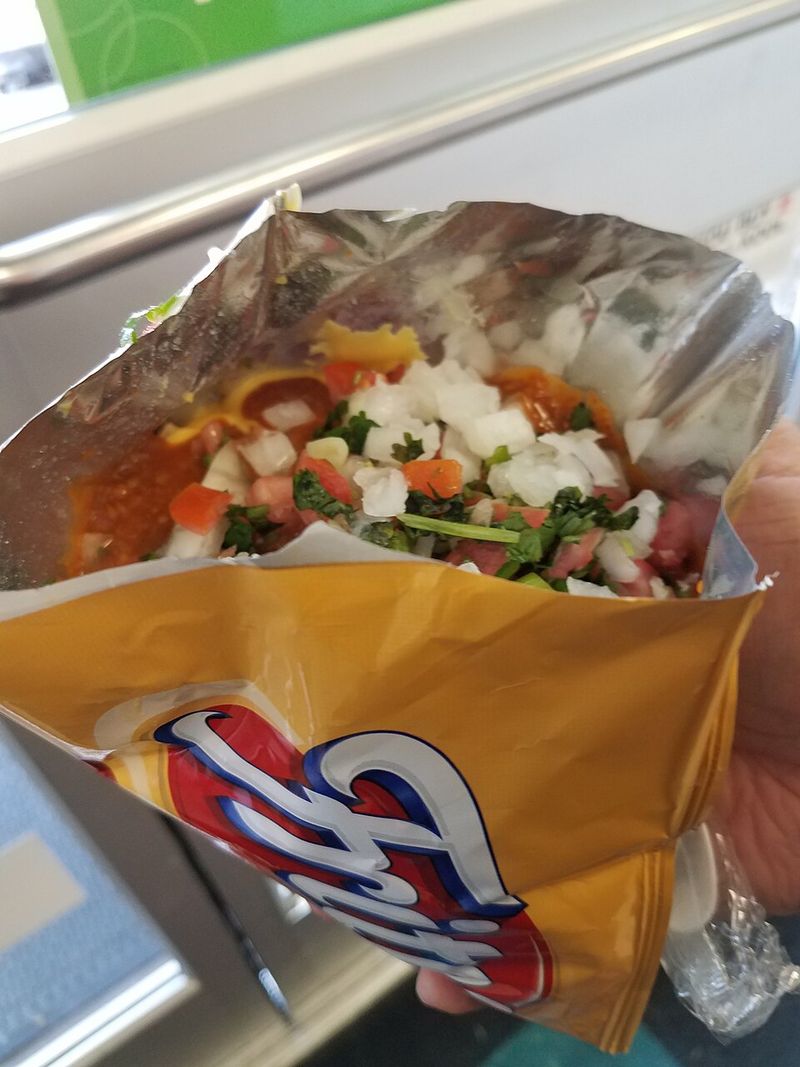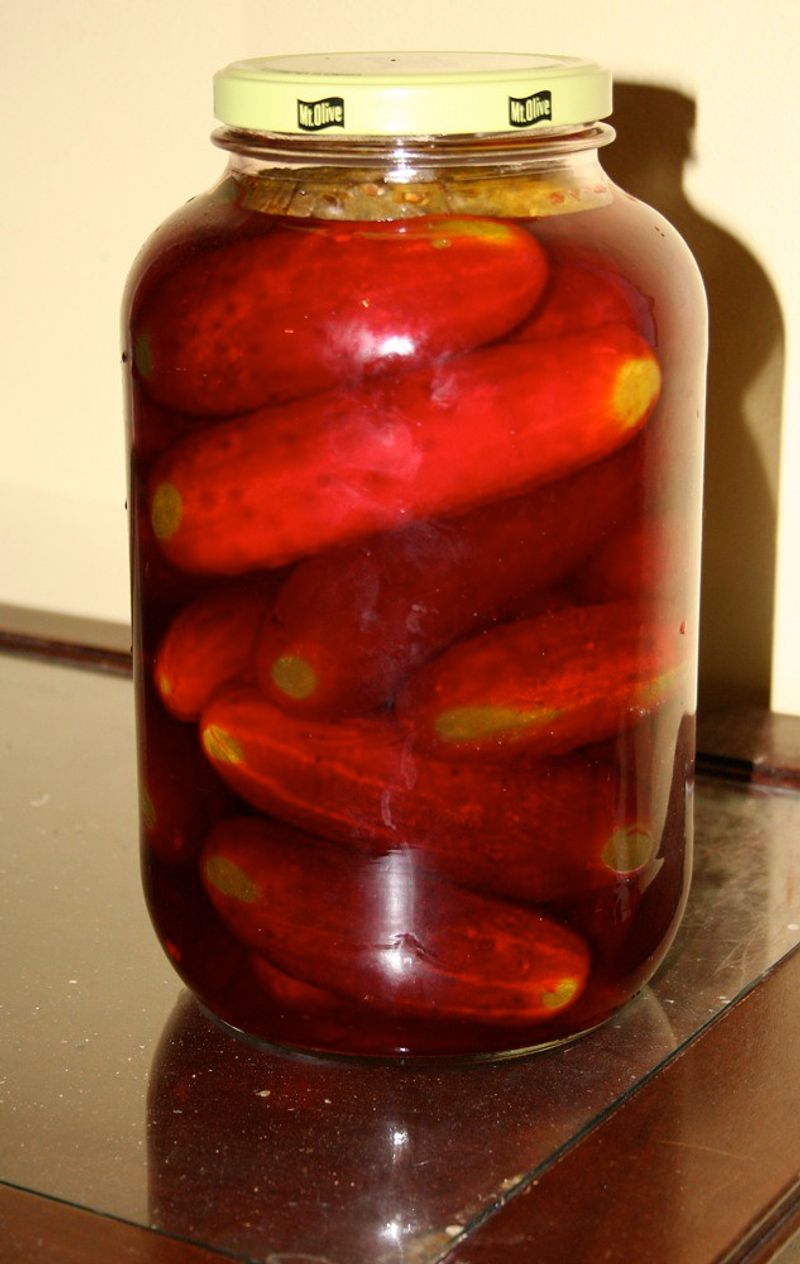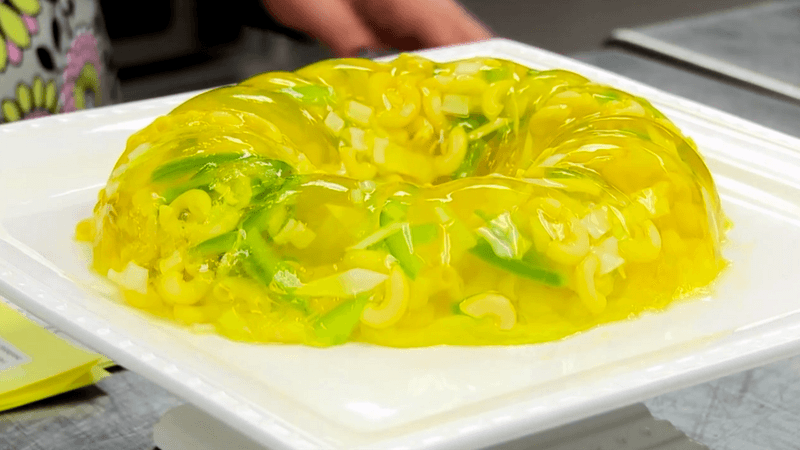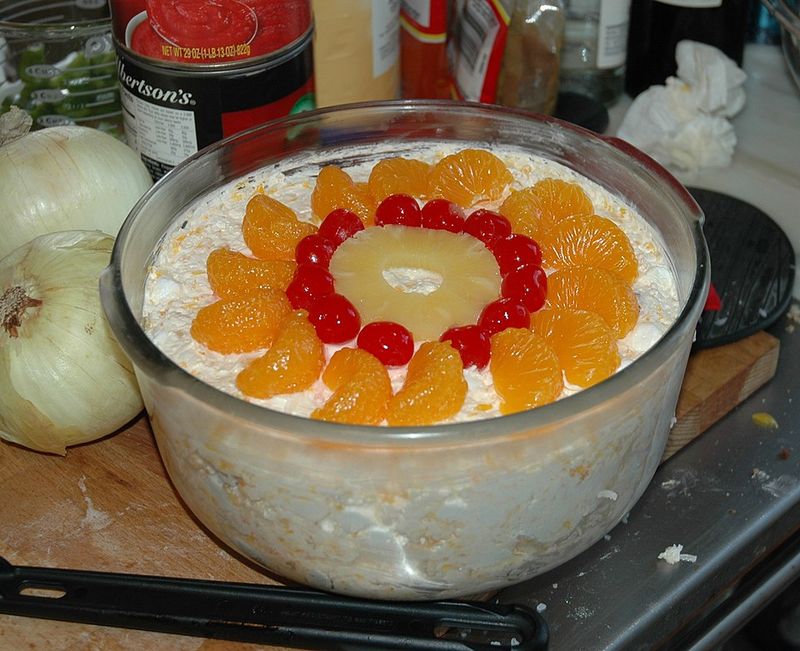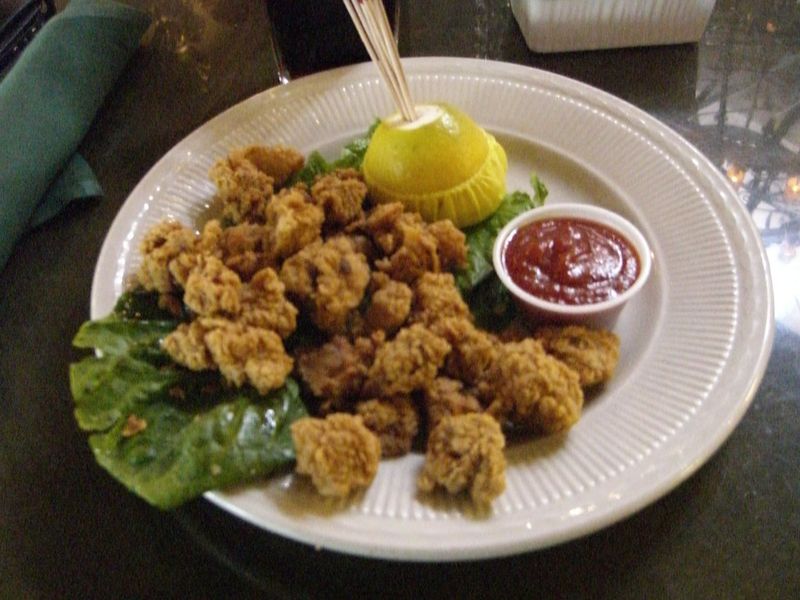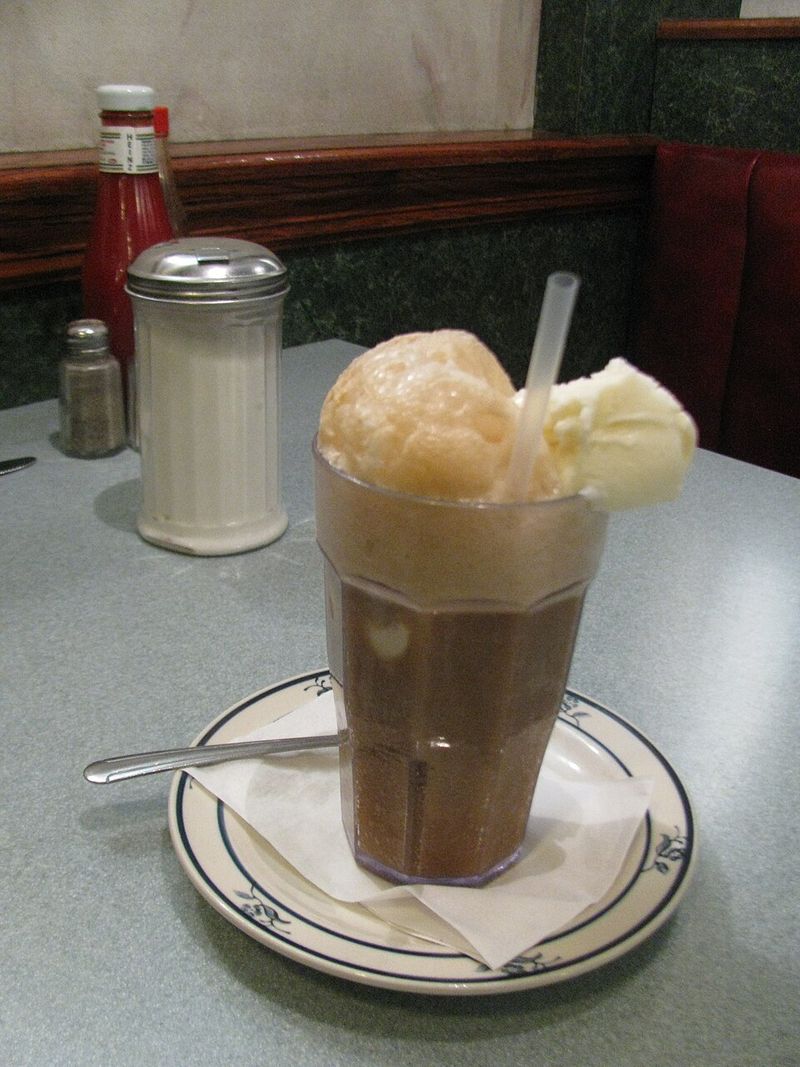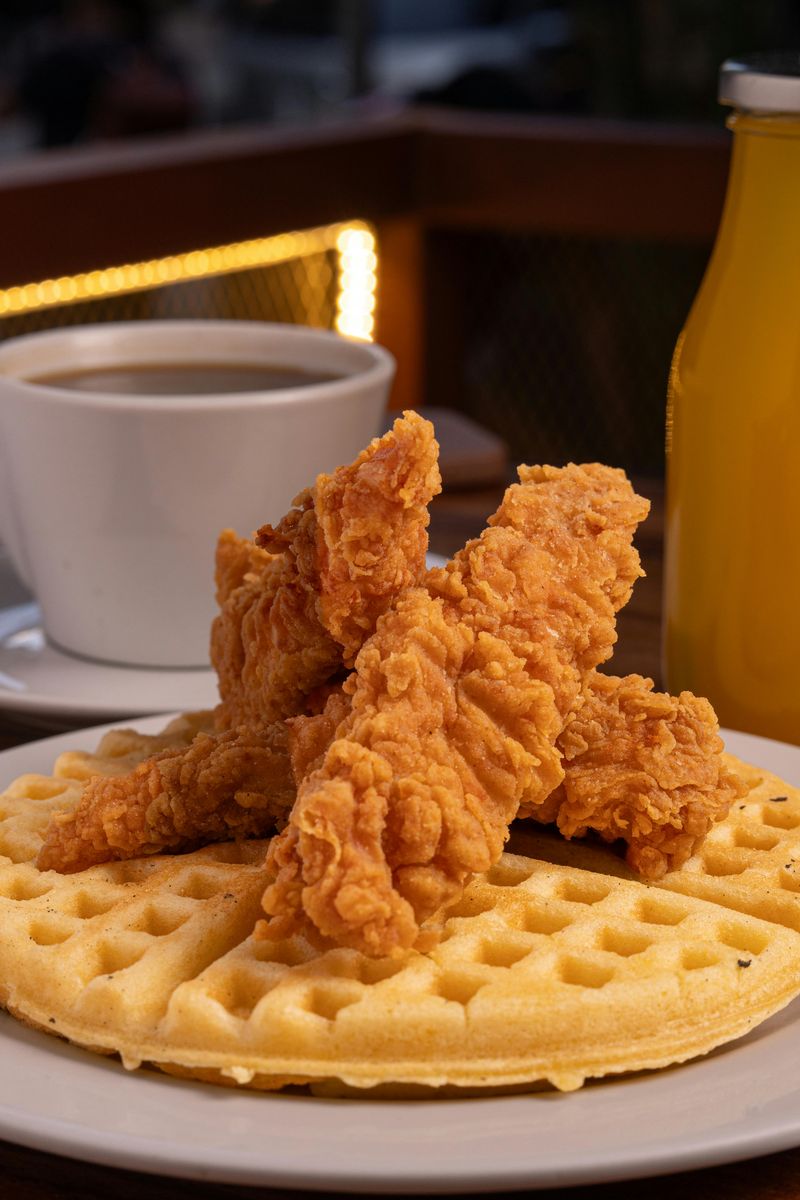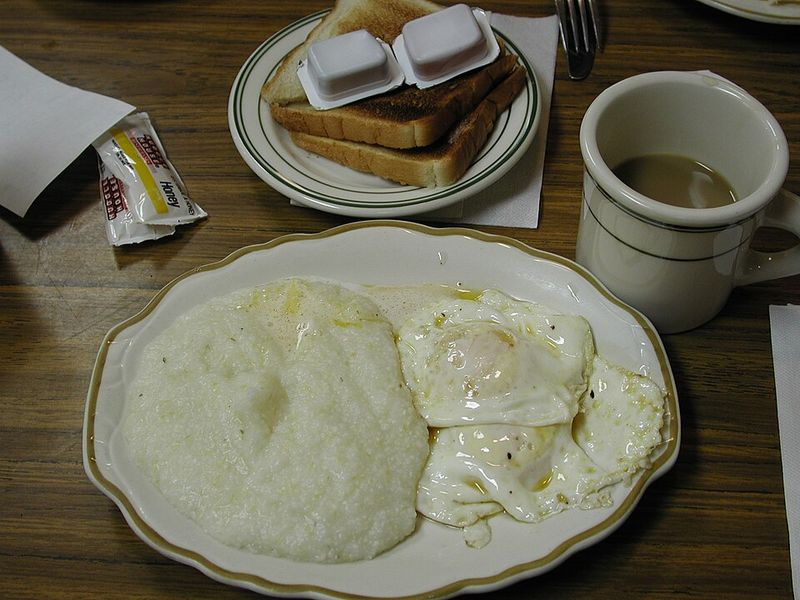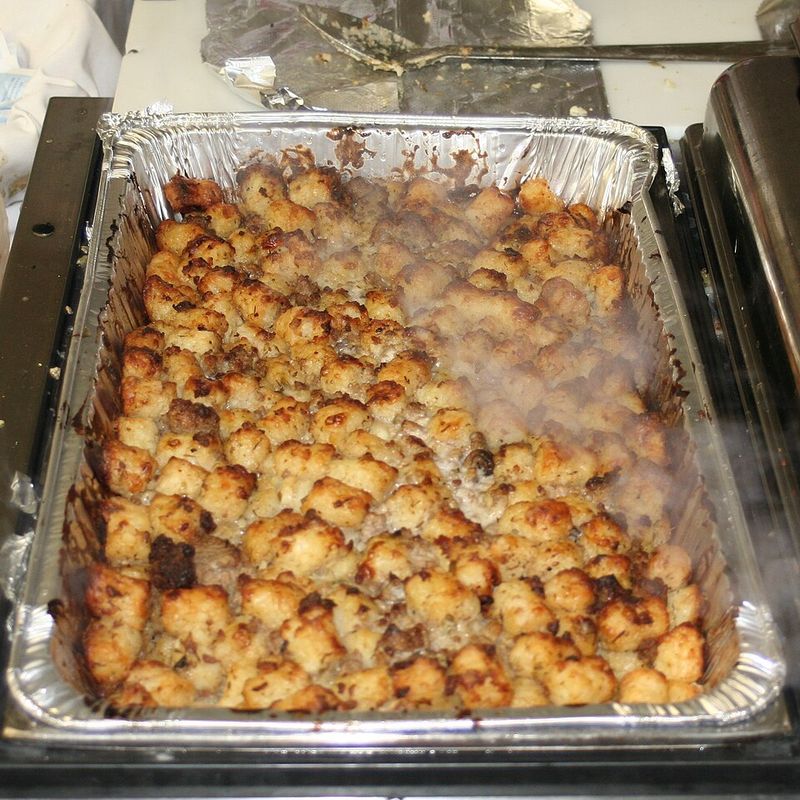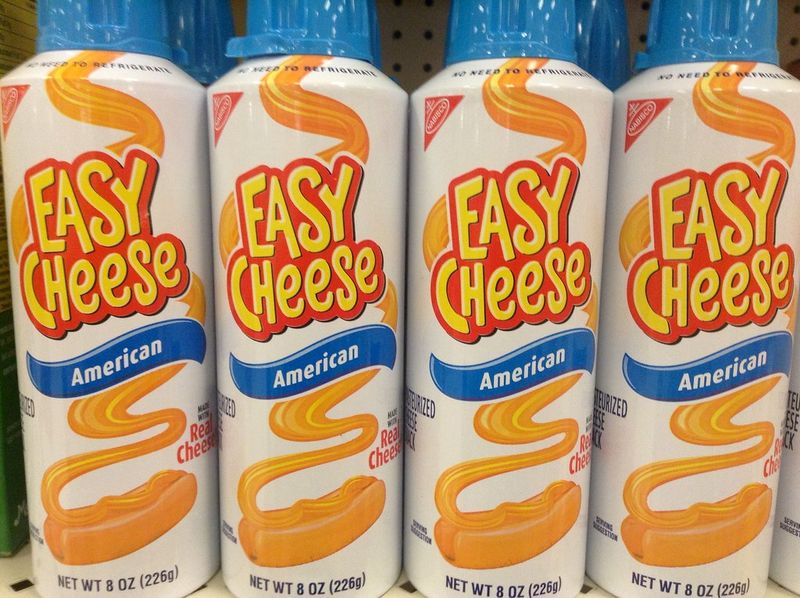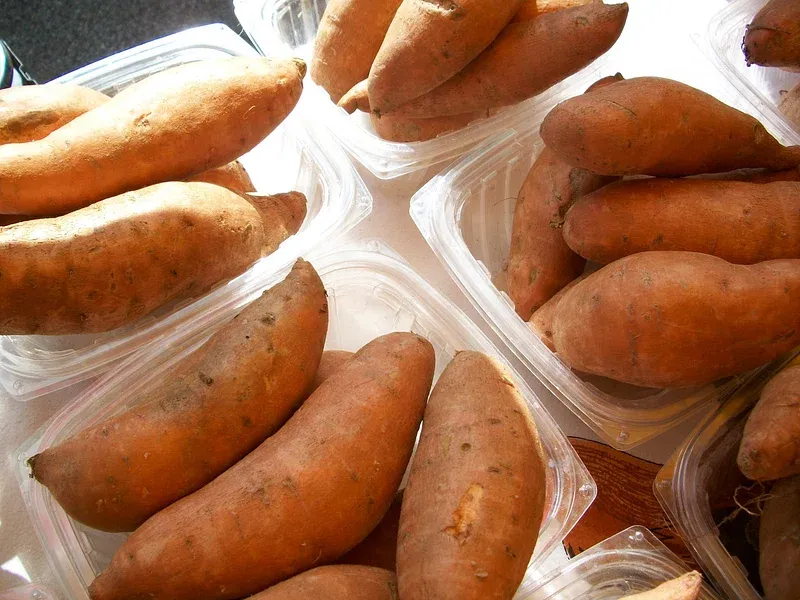American cuisine can be a wild ride for visitors from other countries. From breakfast dishes that look like dinner to sweet salads and cheese in a can, the United States has created some truly unique food traditions. Many of these dishes are deeply loved by Americans but leave international guests scratching their heads in confusion.
1. Biscuits & Gravy
Flaky biscuits drowning in thick, creamy sausage gravy might look strange to anyone outside the American South. Imagine eating what tastes like dinner sauce poured over bread—first thing in the morning. Yet this hearty combination has fueled Southern mornings for generations.
The dish started as humble farm food, giving workers the calories they needed for long days. White gravy made from pan drippings, flour, and milk stretched expensive meat into something filling. Today, it remains a breakfast staple across the region, served in diners and home kitchens alike, even as visitors wonder why Americans eat “dinner for breakfast.”
2. Peanut Butter & Jelly Sandwich (PB&J)
Slathering sweet grape jelly next to salty peanut butter on squishy white bread sounds bizarre to most of the world. Many countries don’t even eat peanut butter regularly, making this combo doubly confusing. But for Americans, it’s pure childhood wrapped in two slices of nostalgia.
The sandwich appeared in American cookbooks as early as 1901 and became a lunchbox staple throughout the 1900s. Its popularity exploded during wartime rationing when both ingredients were shelf-stable and affordable. Now, generations of Americans have grown up on PB&J, making it comfort food that transcends logic or explanation to outsiders.
3. Corn Dogs
A hot dog impaled on a stick, dunked in cornmeal batter, then deep-fried until golden—only at an American state fair would this make perfect sense. The handheld format lets you eat while riding roller coasters or watching pig races. It’s peak carnival cuisine, born from mid-century fair culture.
Multiple vendors claimed to invent the corn dog during the 1940s, each swearing they thought of it first. Regardless of its true origin, the snack became synonymous with American fairs and festivals. To visitors, it represents American excess and creativity in equal measure, even if they can’t quite understand the appeal.
4. Frito Pie
Ripping open a bag of corn chips and dumping chili and cheese directly inside sounds more like desperation than dinner. Yet across the Southwest and Midwest, Frito pie is a beloved classic that shows up at school cafeterias, sporting events, and family gatherings. The salty-crunchy-spicy combination hits every comfort-food note.
Sometimes served in the actual chip bag, sometimes plated, the dish embraces American casualness with food. It requires no fancy presentation or silverware—just a fork and an appetite. For newcomers, it looks chaotic and messy, but locals know it’s pure Tex-Mex comfort in its most unpretentious form.
5. Kool-Aid Pickles (“Koolickles”)
Soaking dill pickles in bright red or purple Kool-Aid until they turn neon colors sounds like a middle-school science experiment gone wrong. The result? Sweet-tart-salty pickles that look radioactive and taste like confusion. This quirky creation hails from the Mississippi Delta, where inventive home cooks reimagined the ordinary pickle.
The process takes days as the sugary drink seeps into the brined cucumbers, creating a flavor clash that somehow works for adventurous eaters. Kids especially love the wild colors and sugar rush. To outsiders, Koolickles represent American food creativity at its most baffling—why fix pickles that weren’t broken?
6. Jell-O Salads
Suspending vegetables, cottage cheese, or even mayonnaise in wobbly, translucent gelatin sounds more like a prank than a side dish. Yet molded Jell-O salads dominated mid-century American potlucks and holiday tables. The jiggly creations came in rainbow colors and wildly creative flavor combinations, from lime-cabbage to orange-carrot.
Gelatin companies heavily marketed these “salads” as modern, convenient, and elegant during the 1950s and 60s. Home cooks embraced them enthusiastically, creating elaborate molds for every occasion. Today, they still appear at some family gatherings, fascinating and puzzling younger generations and international visitors who can’t fathom calling gelatin a salad.
7. Ambrosia Salad
Mixing marshmallows, coconut, canned fruit, and whipped cream creates something that looks and tastes like dessert. So why do Americans call it “salad” and serve it alongside turkey and stuffing? Ambrosia salad has Southern roots and remains a fixture on holiday tables, baffling guests who expect vegetables when they hear “salad.”
The name comes from Greek mythology, meaning “food of the gods,” though visitors might disagree with that assessment. Canned pineapple and mandarin oranges give it a retro vibe that screams mid-century America. For families who grew up with it, Ambrosia represents tradition and nostalgia, even if it defies every international definition of salad.
8. Rocky Mountain Oysters
Ordering “oysters” in landlocked Colorado or Montana might get you something very different than expected—battered and fried bull testicles. This ranch-country specialty has a long history in the American West, where cowboys and ranchers wasted no part of the animal. The name is pure euphemism, designed to make the dish sound more appetizing.
Usually breaded and deep-fried like chicken, they’re served with cocktail sauce or ranch dressing at Western bars and festivals. Locals consider them a delicacy and a test of courage for newcomers. For visitors, they represent American frontier resourcefulness taken to an eyebrow-raising extreme that’s hard to forget.
9. Root Beer & Root Beer Floats
Root beer tastes like toothpaste or medicine to many first-time international drinkers, thanks to its wintergreen and licorice flavors. Americans, however, have loved the fizzy brown soda since the 1800s. Adding a scoop of vanilla ice cream creates the root beer float, a fountain treat that’s been delighting Americans since the 1890s.
The combination of cold, creamy ice cream and bubbly, sweet soda creates a foamy, indulgent dessert-drink hybrid. For those raised on it, nothing beats a float on a hot summer day. But visitors often recoil at that first medicinal-tasting sip, unable to understand why Americans drink something that reminds them of mouthwash.
10. Chicken & Waffles
Crispy fried chicken sitting atop fluffy waffles, drenched in maple syrup, creates a flavor collision that confuses many international palates. Sweet and savory together? For breakfast or dinner? The combination has deep roots in both Pennsylvania Dutch cooking and Harlem soul-food traditions, and it’s now a nationwide comfort-food phenomenon.
The dish perfectly captures American willingness to break food rules and mix unexpected flavors. Some versions add hot sauce or honey butter, amping up the complexity even more. Locals love how the syrup mingles with the chicken’s savory coating, but newcomers often need convincing that this mashup actually works and isn’t just culinary chaos.
11. Grits
Ground corn cooked into a creamy, porridge-like consistency might look bland and boring to the uninitiated. Yet grits are a daily breakfast staple across the American South, often topped with butter, cheese, or even shrimp. The dish has Native American origins and became a cornerstone of Southern cuisine over centuries.
Made from hominy (corn treated with lye), grits have a subtle flavor that acts as a canvas for richer toppings. Southerners eat them sweet or savory, hot or cold, plain or fancy. To visitors from countries without corn-based porridges, grits seem strange and texturally off-putting, but locals wouldn’t dream of starting the day without them.
12. Tater Tot Hotdish (Casserole)
Minnesotans and their Upper Midwest neighbors swear by hotdish—a one-pan wonder of ground meat, canned cream soup, mixed vegetables, and a crispy tater tot topping. It’s efficient, filling, and feeds a crowd without fuss. The dish represents practical Midwestern cooking at its finest, even if it looks like random ingredients thrown together.
Tater tots, those little fried potato cylinders, get gloriously crispy on top while the casserole bubbles beneath. Families pass down hotdish recipes like heirlooms, each with slight variations. To outsiders, especially those from culinary traditions that emphasize fresh ingredients and complex techniques, hotdish seems overly simple and strangely assembled—but don’t say that in Minnesota.
13. Spray Cheese (Easy Cheese)
Cheese dispensed from a pressurized aerosol can sounds more like a joke than actual food. Yet spray cheese, most famously branded as Easy Cheese, launched in the 1960s as “Snack Mate” and became an icon of American convenience culture. Kids especially love squirting neon orange cheese directly into their mouths or onto crackers in elaborate designs.
The product contains milk, but it’s heavily processed with emulsifiers and preservatives to stay shelf-stable and sprayable. It represents America’s mid-century love affair with convenient, futuristic foods that prioritized ease over authenticity. International visitors often photograph it in disbelief, unable to comprehend why anyone would choose aerosol cheese over the real thing.
14. Sweet Potato Casserole with Marshmallows
Topping mashed sweet potatoes with marshmallows and baking until golden sounds like dessert, yet it appears on Thanksgiving tables as a side dish. The combination baffles international guests who expect savory accompaniments to turkey. This tradition traces back to early 1900s marshmallow marketing campaigns that positioned the fluffy treats as versatile cooking ingredients.
Some versions add brown sugar, butter, and pecans, making the dish even sweeter. American families fiercely debate whether it belongs on the holiday table, but most keep making it anyway out of tradition. For visitors, it epitomizes American cuisine’s willingness to blur lines between sweet and savory, course and dessert, logic and delicious chaos.
